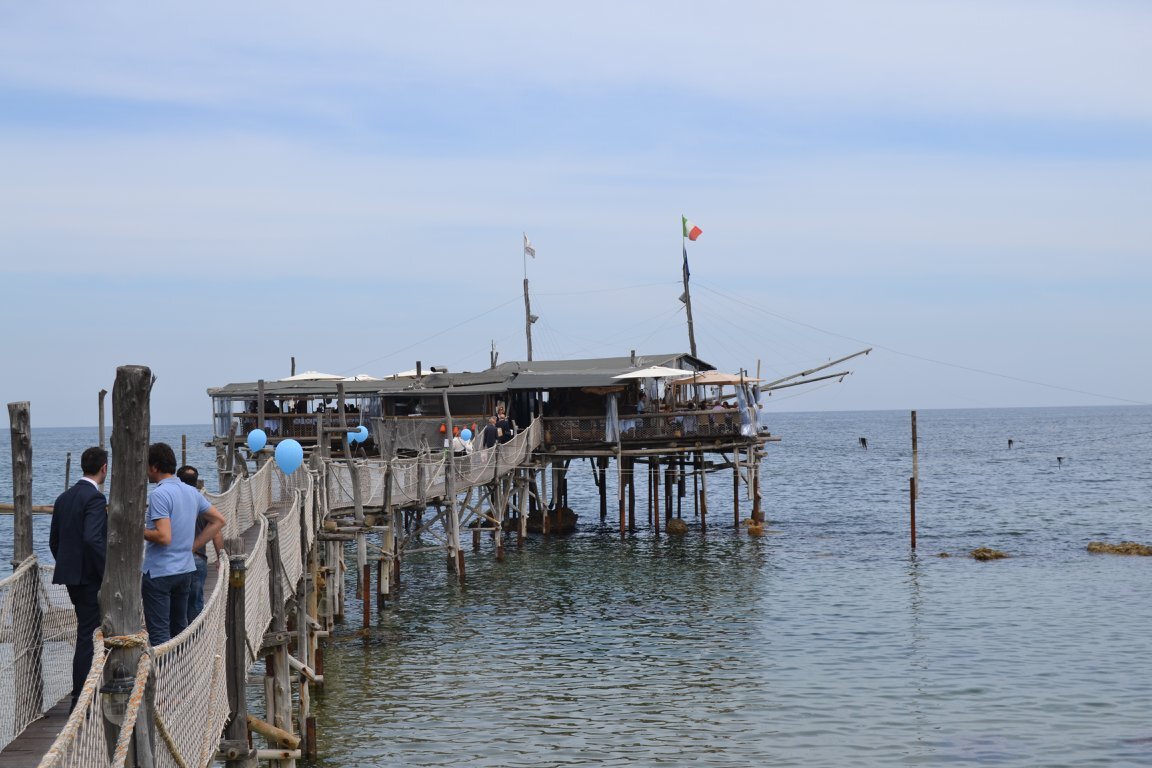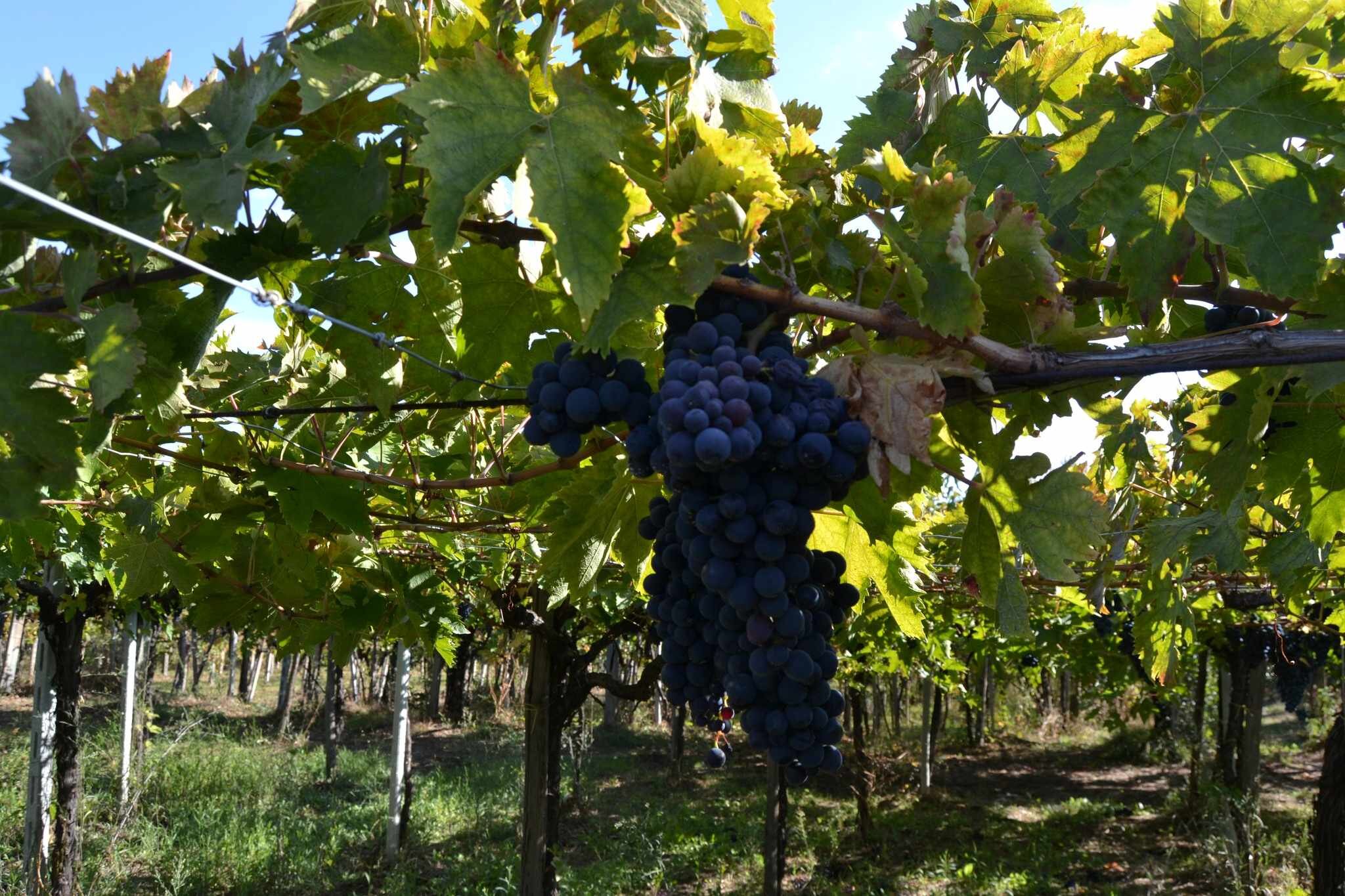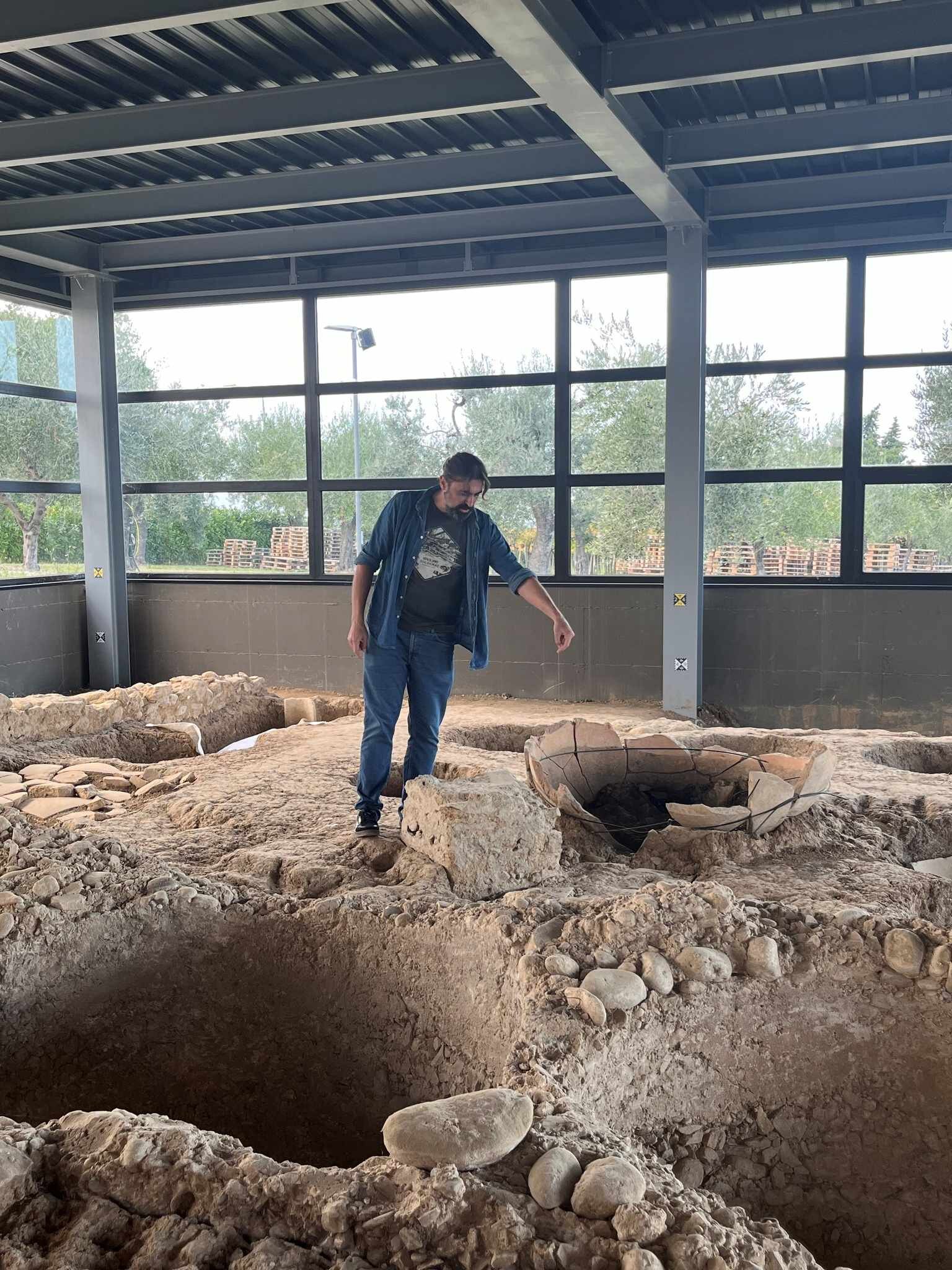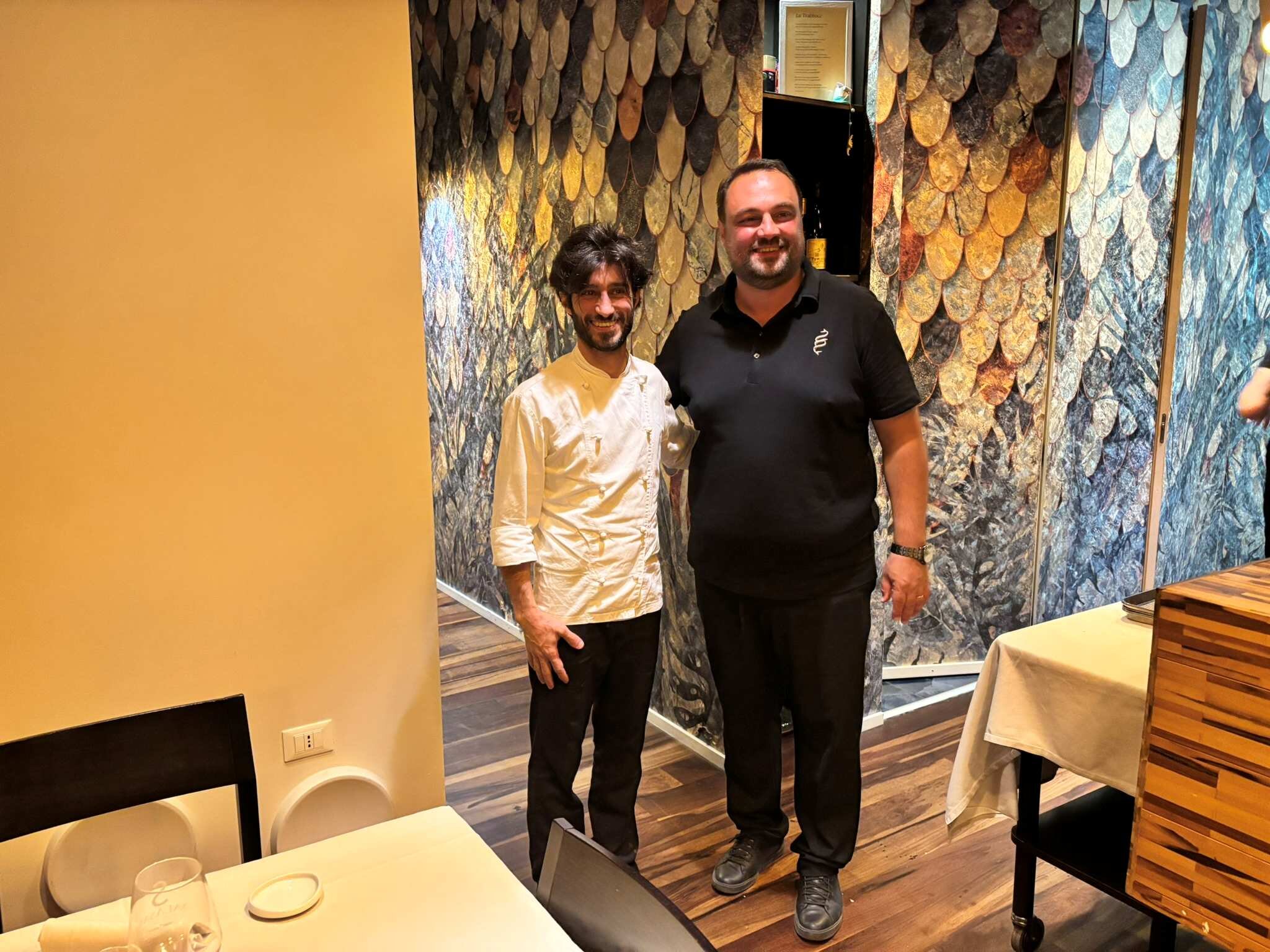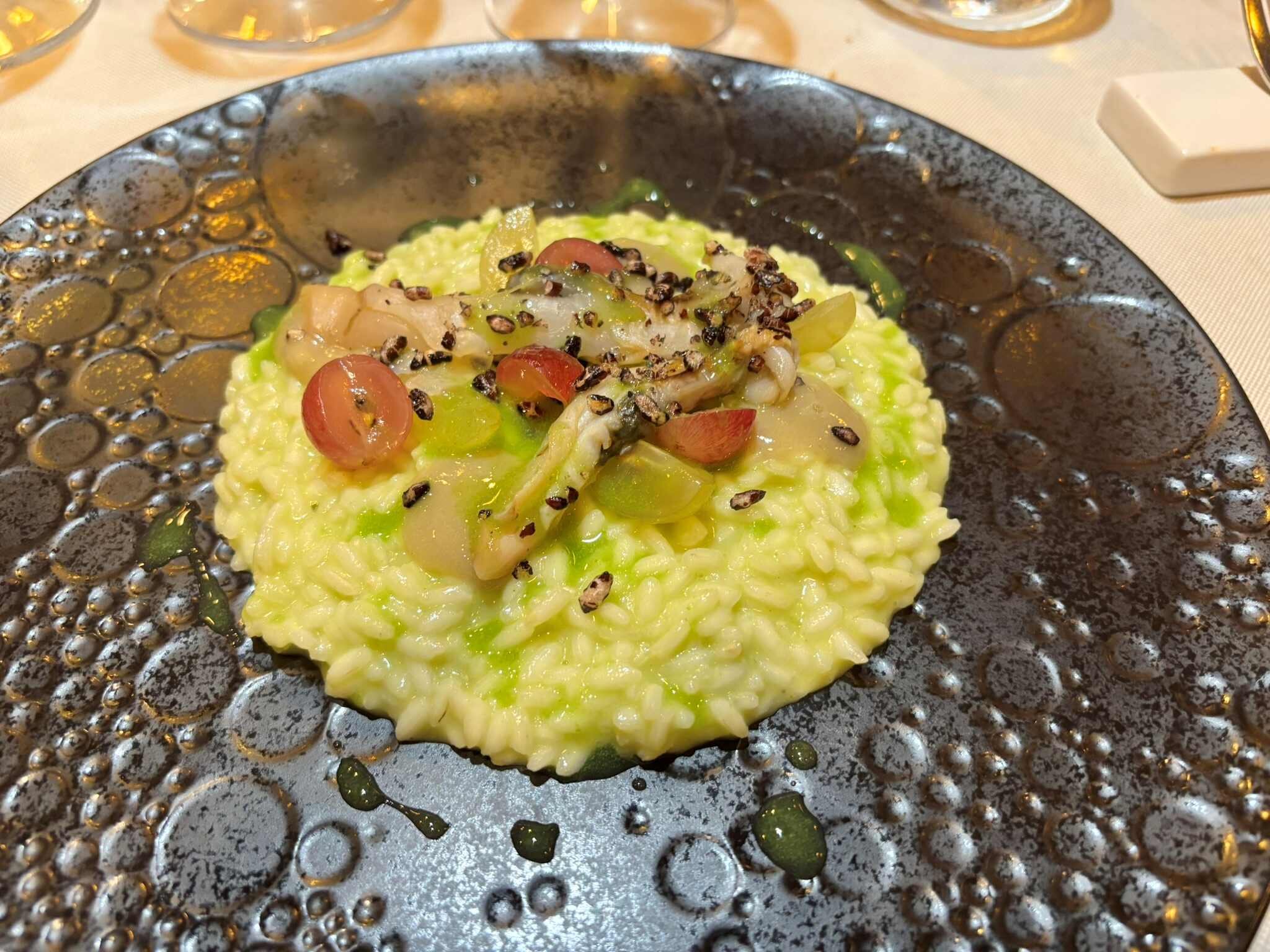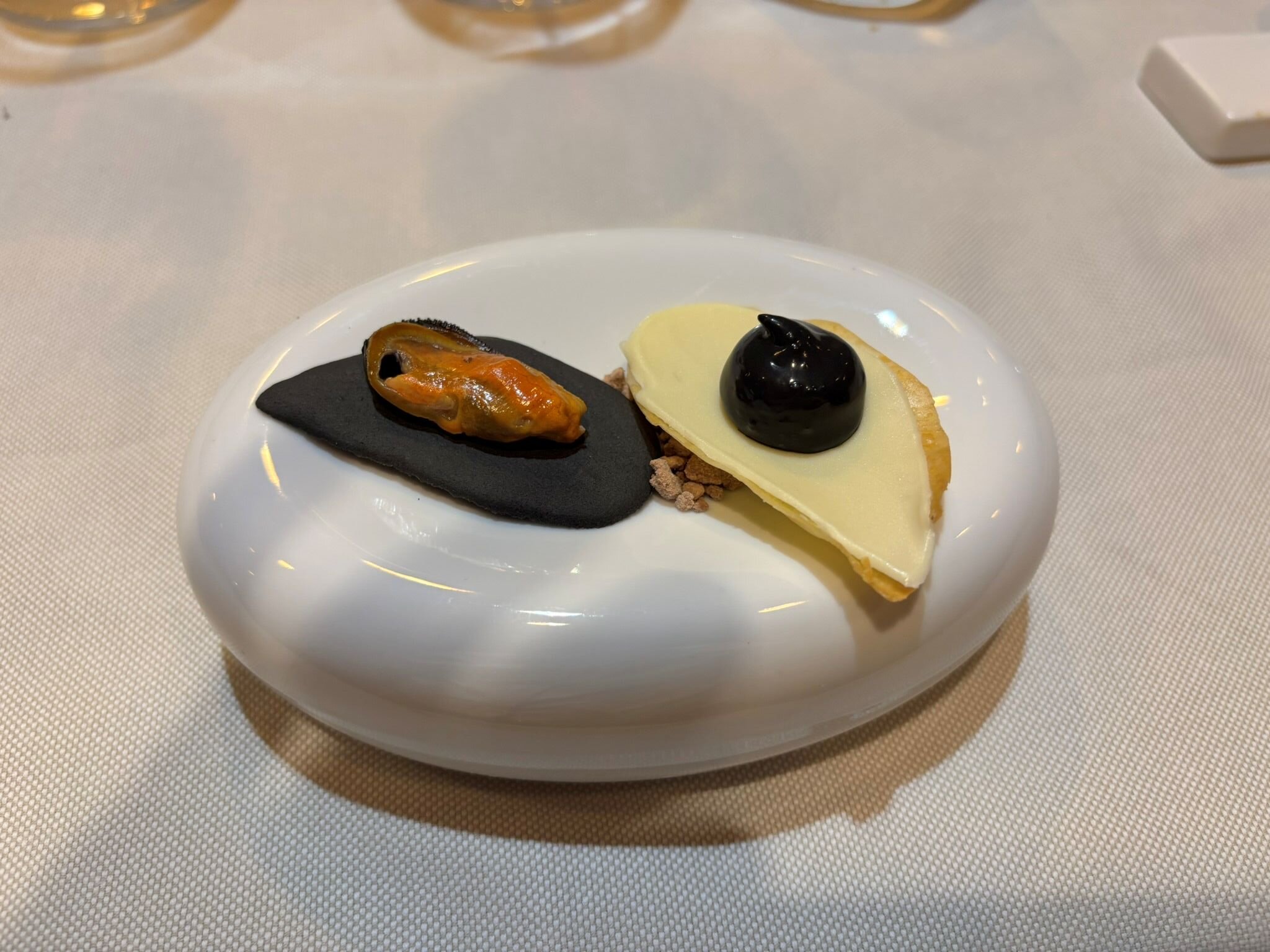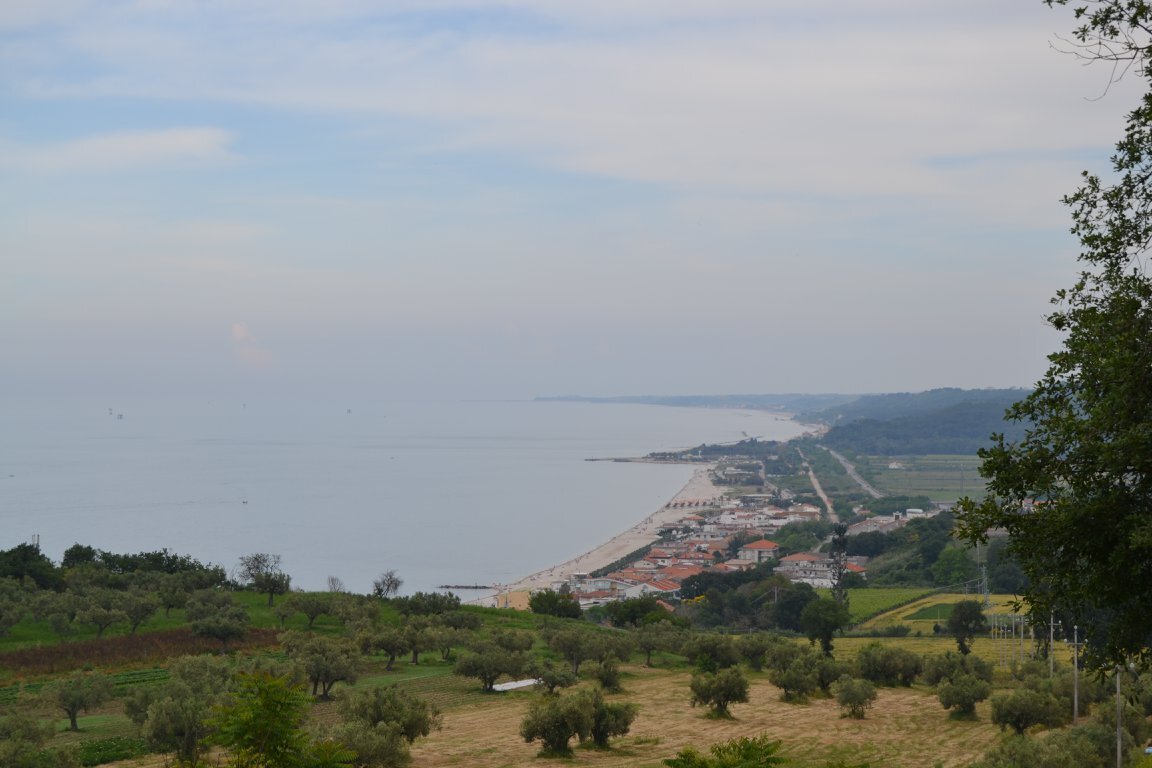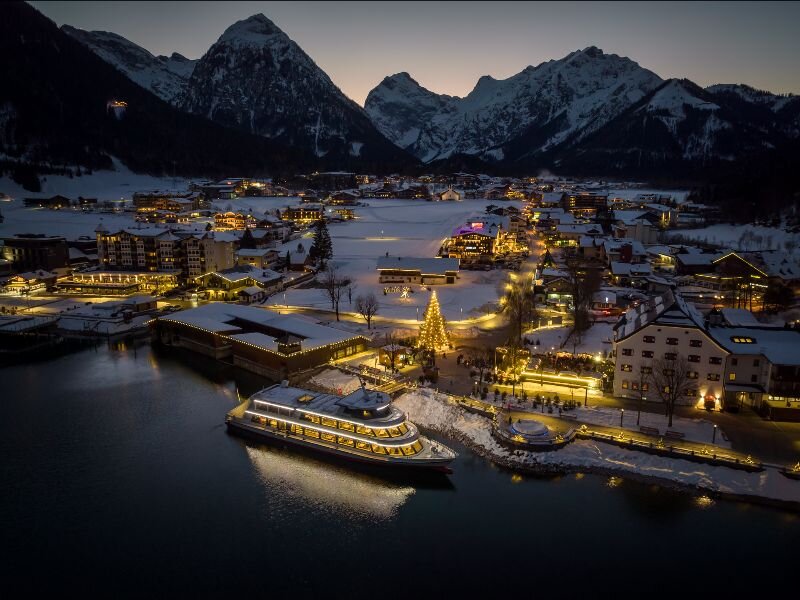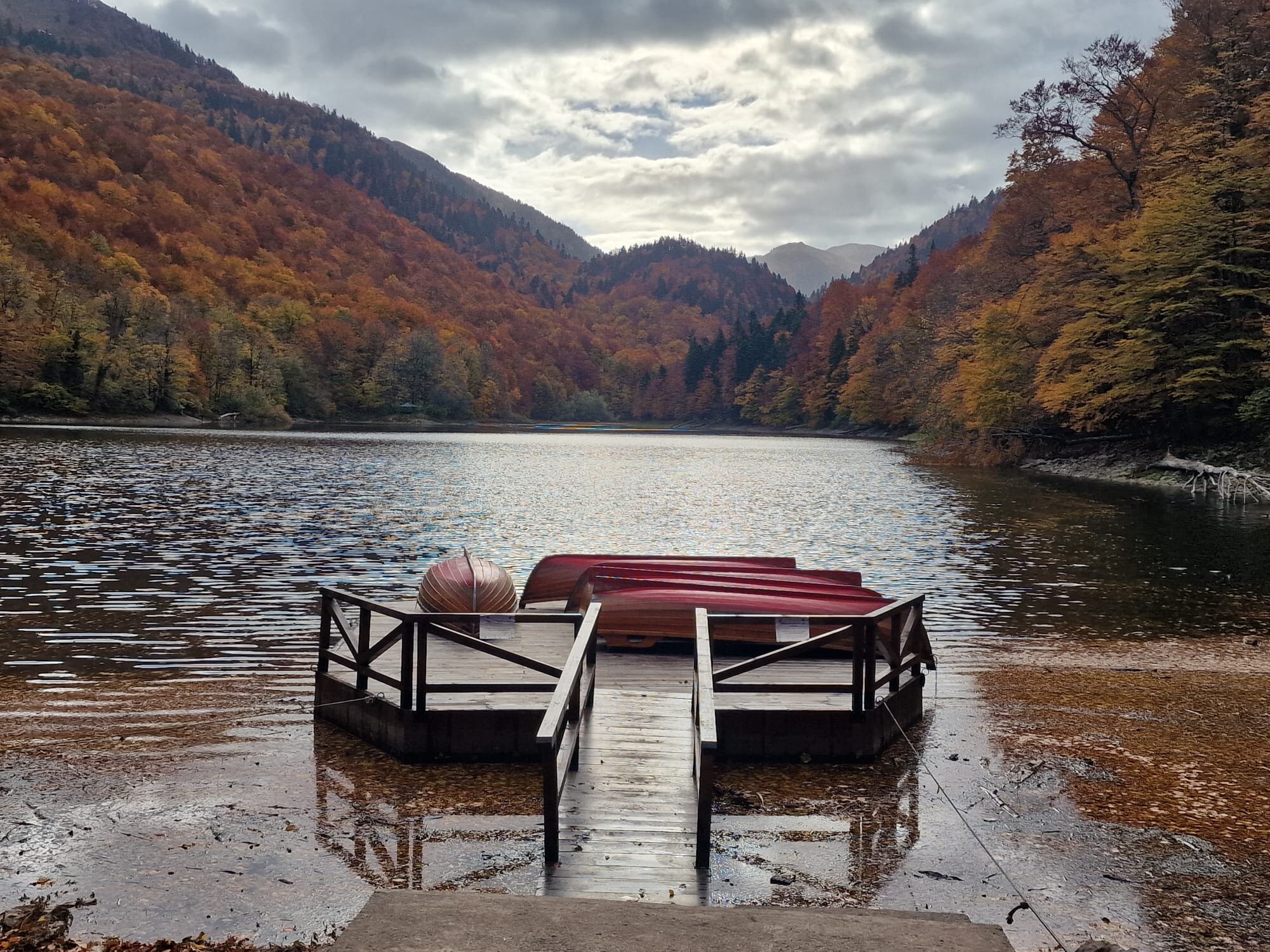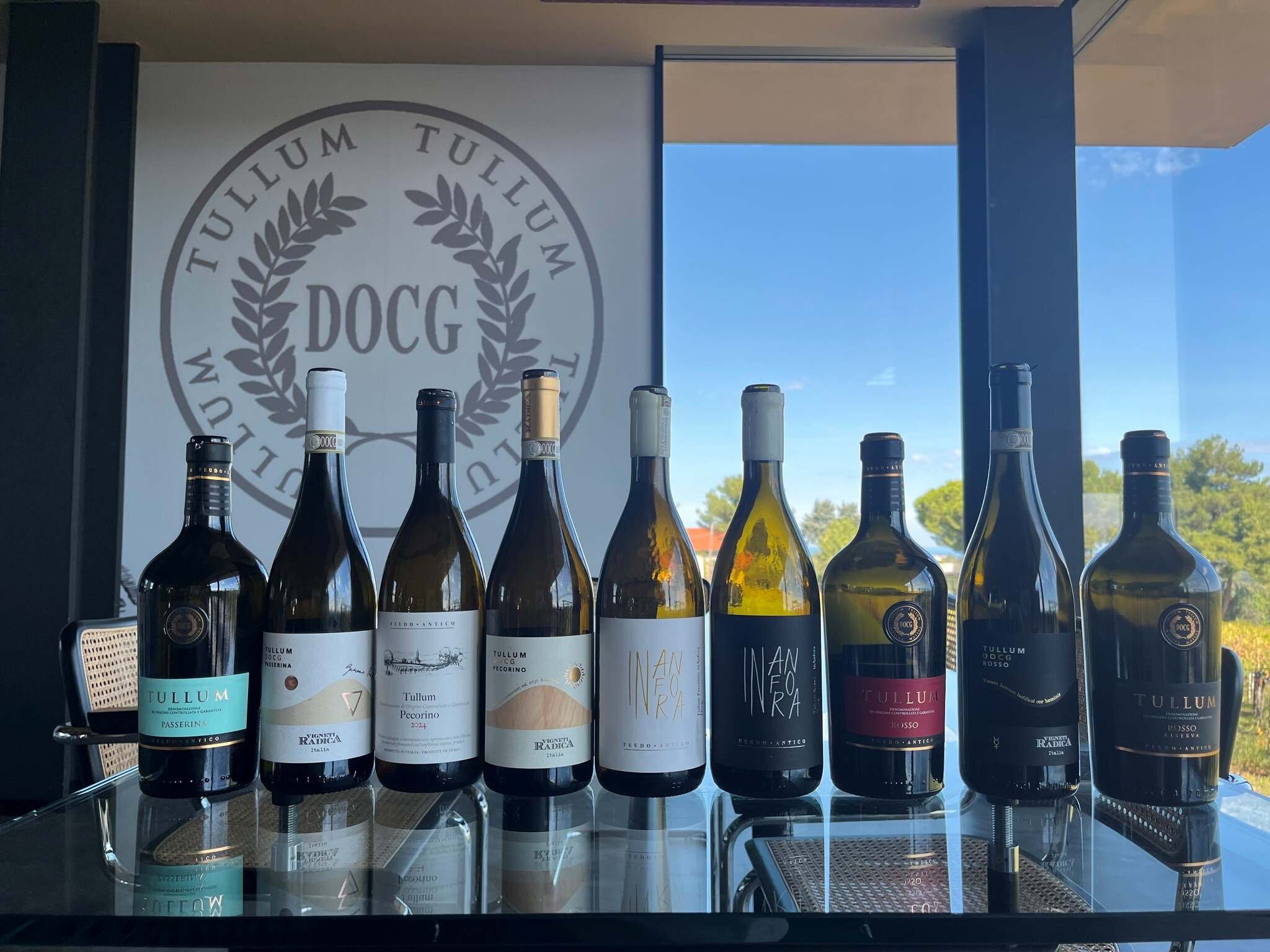
Nell’antica Roma la vita era un equilibrio continuo tra negotium e otium: da un lato il vortice delle faccende pubbliche, dei commerci, delle guerre e della politica; dall’altro il bisogno di ritirarsi in luoghi dove il tempo potesse rallentare, tra mare e vigneti, per ritrovare un senso di armonia.
Proprio lungo queste coste d’Abruzzo, a Tollo, i nobili romani costruirono le loro ville marittime, residenze che univano la contemplazione al lavoro agricolo. Non semplici rifugi, ma aziende ante litteram dove il vino e l’olio erano già cultura materiale e spirituale insieme.
Oggi, tra quelle stesse colline che guardano l’Adriatico, sorge Feudo Antico, un luogo che ha saputo trasformare la memoria in progetto. Qui, tra i resti di una villa rustica romana e le vigne di Montepulciano, Pecorino e Passerina, si custodisce l’anima della DOCG Tullum, una delle più piccole e preziose denominazioni italiane. È un vino che parla la lingua del tempo, che respira insieme alla terra e al mare, e che racconta una comunità capace di rinascere più volte, proprio come la vite dopo l’inverno.
Un mosaico di colline e orizzonti
Il territorio di Tollo è un piccolo anfiteatro naturale, sospeso tra l’azzurro dell’Adriatico e le vette della Maiella. Le brezze marine si intrecciano con le correnti d’altura, creando escursioni termiche che danno ai vini tensione e carattere.
Tra le aziende che ne custodiscono l’identità ci sono Feudo Antico, Vigneti Radica e la Cooperativa Coltivatori Diretti Tollo, tre anime diverse ma unite da una stessa visione: raccontare un territorio dove la viticoltura è cultura condivisa.
In queste colline, la modernità non ha cancellato il senso dell’attesa. Ogni gesto — la potatura, la vendemmia, la vinificazione — si ripete come un rito antico, con la stessa pazienza che serviva ai pescatori per tirare su le reti dai trabocchi, lungo la costa qualche chilometro più a sud.
La Costa dei Trabocchi: dove il tempo si ferma sul mare
È difficile descrivere la prima volta che si vedono i trabocchi: sembrano creature vive, sospese sull’acqua, con i loro bracci di legno che si allungano verso il mare.
Queste antiche macchine da pesca, costruite su palafitte e ancorate agli scogli, raccontano una storia di ingegno e sopravvivenza. Usate già dal Quattrocento e forse ispirate da tecniche fenicie, i trabocchi permettevano di pescare senza salpare, trasformando il mare in un alleato silenzioso.
Oggi, lungo la Costa dei Trabocchi — il tratto di litorale che va da Ortona a Vasto — molti di questi giganti sono tornati a vivere, restaurati con rispetto e in alcuni casi trasformati in ristoranti dove il profumo del mare si confonde con quello del legno e del vino bianco.
Cenare su un trabocco è un’esperienza che non si dimentica: il fruscio delle onde sotto i piedi, il tramonto che incendia l’orizzonte, il suono lento degli argani che un tempo tiravano su le reti. È un modo per sentire il mare, non solo per guardarlo.
Essenza Cucina di Mare: la semplicità che diventa arte
Poco distante, a San Vito Chietino, c’è un indirizzo che vale il viaggio: Essenza Cucina di Mare.
Qui, Filippo De Sanctis accoglie gli ospiti con il sorriso di chi ama raccontare il mare a modo suo, senza formalismi, ma con una cura assoluta per i dettagli. Accanto a lui, lo chef Sabino Matera — pugliese di nascita, abruzzese d’adozione — ha costruito un linguaggio gastronomico che intreccia memoria e sperimentazione.
Essenza è un ristorante che reinterpreta la cucina di mare con leggerezza e intelligenza, restando fedele alle sue radici. Due piatti raccontano perfettamente questo spirito: il Risotto Essenza, con cannolicchi e verdure di stagione, un piccolo equilibrio tra cremosità, freschezza e mineralità marina; e la Cozza, cioccolato bianco e nero di seppia, un incontro audace che parla di coraggio, tecnica e poesia.
Matera gioca con le consistenze e con la memoria, lasciando che ogni piatto sia un racconto: del mare, delle stagioni, del rischio necessario per emozionare. “Fidatevi di me”, dice Filippo De Sanctis spesso ai suoi ospiti — e in quella frase c’è tutta la filosofia di Essenza: la fiducia come ingrediente segreto.
Non serve una stella Michelin per riconoscere l’eccellenza. A volte basta la luce che entra dalle vetrate di una sala affacciata sul mare, un bicchiere di Tullum Pecorino DOCG, e la sensazione che, per un attimo, il mondo là fuori possa aspettare.
Among Vineyards and Trabocchi: The Slow Time of Tullum
In ancient Rome, life was a constant balance between negotium and otium: on one side, the vortex of public affairs, trade, wars, and politics; on the other, the need to withdraw to places where time could slow down — between the sea and the vineyards — to rediscover a sense of harmony.
Along these same Abruzzo coasts, in Tollo, Roman nobles built their seaside villas: residences that combined contemplation and agricultural work. Not mere refuges, but ante litteram estates where wine and olive oil were already both material and spiritual culture.
Today, on those same hills overlooking the Adriatic, stands Feudo Antico, a place that has turned memory into vision. Here, among the remains of a Roman rural villa and the vineyards of Montepulciano, Pecorino, and Passerina, lies the soul of the Tullum DOCG, one of Italy’s smallest and most precious appellations.
It’s a wine that speaks the language of time, that breathes with both the land and the sea, and that tells the story of a community capable of being reborn again and again — just like the vine after winter.
A Mosaic of Hills and Horizons
The Tollo area is a small natural amphitheatre, suspended between the blue of the Adriatic and the peaks of the Maiella. Sea breezes intertwine with mountain currents, creating thermal excursions that give the wines their tension and character.
Among the producers who preserve its identity are Feudo Antico, Vigneti Radica, and the Cooperativa Coltivatori Diretti Tollo — three different souls united by a single vision: to tell the story of a land where viticulture is a shared culture.
Here, modernity has not erased the sense of waiting. Every gesture — pruning, harvesting, winemaking — repeats itself like an ancient ritual, with the same patience once needed by the fishermen to pull in their nets from the trabocchi, just a few kilometres south along the coast.
The Costa dei Trabocchi: Where Time Stops over the Sea
It’s hard to describe the first time you see the trabocchi: they seem like living creatures suspended above the water, their wooden arms stretching toward the sea.
These ancient fishing machines, built on stilts and anchored to the rocks, tell a story of ingenuity and survival. Used since the 15th century — and perhaps inspired by Phoenician techniques — they allowed fishing without ever setting sail, turning the sea into a silent ally.
Today, along the Costa dei Trabocchi, the stretch of coastline from Ortona to Vasto, many of these wooden giants have come back to life. Restored with care, some have become restaurants where the scent of the sea mingles with that of wood and white wine.
Dining on a trabocco is an experience one never forgets: the murmur of the waves beneath your feet, the sunset setting the horizon ablaze, the slow creak of winches that once lifted the nets.
It’s a way to feel the sea — not just to look at it.
Essenza Cucina di Mare: Simplicity Turned into Art
Not far away, in San Vito Chietino, there’s an address worth the journey: Essenza Cucina di Mare.
Here, Filippo De Sanctis welcomes guests with the ease of someone who loves to tell the story of the sea in his own way — without formalities, but with absolute attention to detail. Beside him, chef Sabino Matera — Apulian by birth, Abruzzese by adoption — has built a culinary language that weaves together memory and experimentation.
Essenza is a restaurant that reinterprets seafood cuisine with lightness and intelligence, while remaining faithful to its roots.
Two dishes perfectly embody this spirit: the Risotto Essenza, with razor clams and seasonal vegetables — a delicate balance of creaminess, freshness, and marine minerality; and the Mussel with white chocolate and cuttlefish ink, a bold creation that speaks of courage, technique, and poetry.
Matera plays with textures and memory, letting each dish tell a story — of the sea, of the seasons, of the risk needed to move and surprise.
“Trust me,” Filippo De Sanctis often says to his guests — and in that phrase lies the entire philosophy of Essenza: trust as the secret ingredient.
You don’t need a Michelin star to recognise excellence. Sometimes it’s enough: the light coming through the windows of a dining room overlooking the sea, a glass of Tullum Pecorino DOCG, and the feeling that, for a moment, the world outside can wait.
